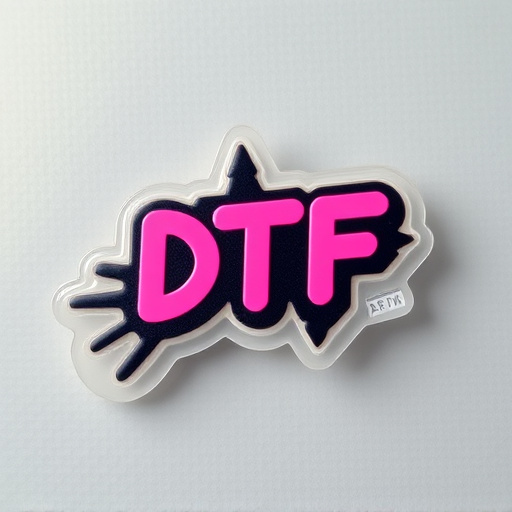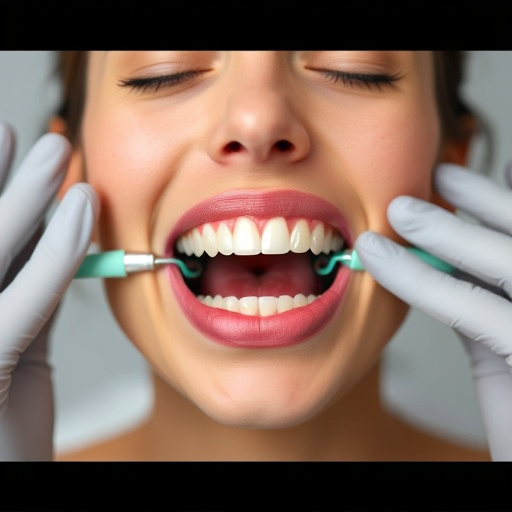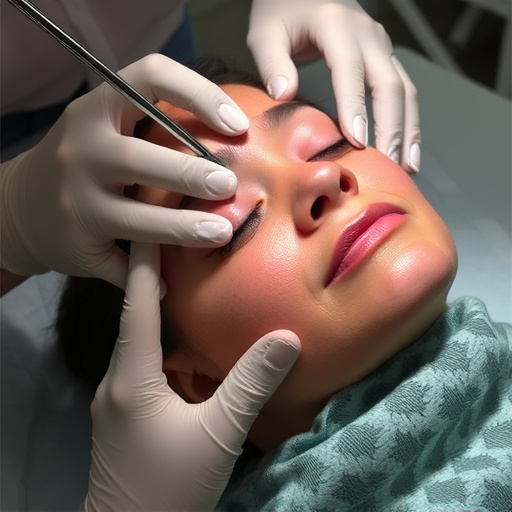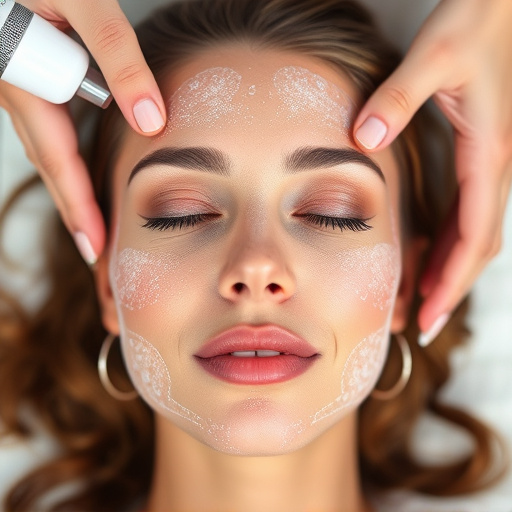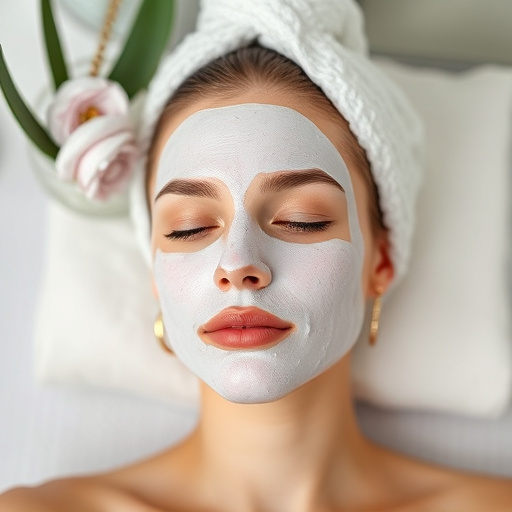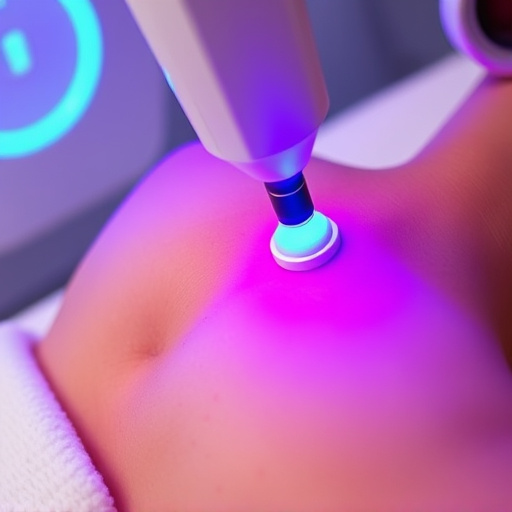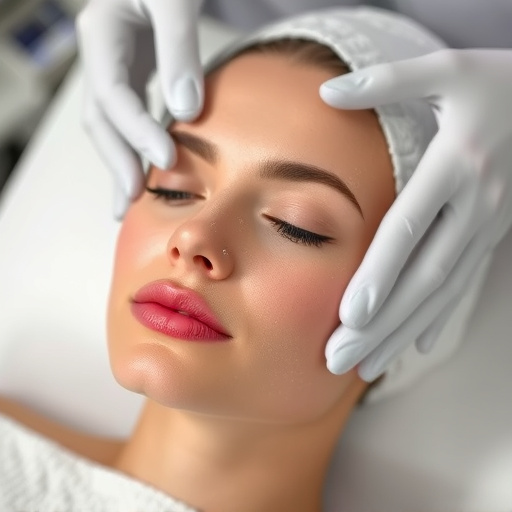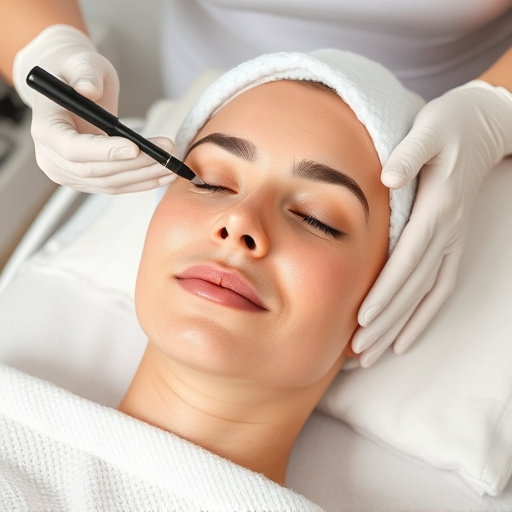Chin hair removal methods like waxing, threading, and laser treatments can cause redness and irritation due to facial skin sensitivity. Severity varies based on skin health, method chosen, and personal tolerance. Skincare experts recommend proper preparation and aftercare to reduce side effects. Less aggressive techniques like microneedling are advised for minimal irritation and improved skin health. Post-procedure care includes using calming skincare products, applying cold compresses, and considering long-term solutions like laser hair removal.
Are you considering chin hair removal but worried about potential skin reactions? This comprehensive guide explores the topic in detail. We delve into the processes behind chin hair removal, uncovering common side effects, especially skin redness and irritation. Understanding the underlying factors contributing to these reactions is key to effective management. Learn practical strategies to mitigate and prevent skin reactivity post-treatment, ensuring a smoother journey towards a smooth, hair-free chin.
- Understanding Chin Hair Removal Processes and Potential Side Effects
- Factors Contributing to Skin Redness and Irritation After Chin Hair Removal
- Mitigating and Managing Skin Reactivity Post-Chin Hair Removal Treatment
Understanding Chin Hair Removal Processes and Potential Side Effects
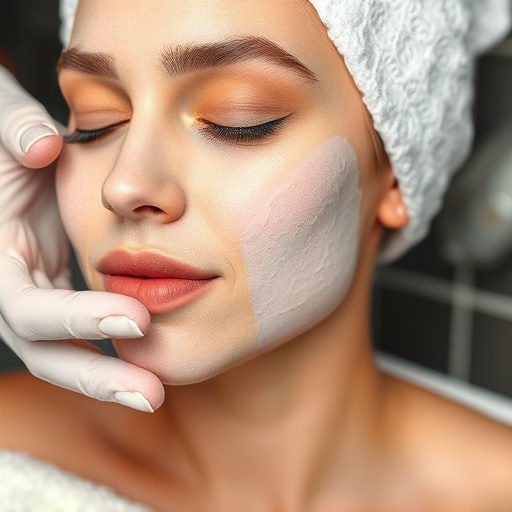
Understanding Chin Hair Removal Processes and Potential Side Effects
Chin hair removal, a sought-after aesthetic procedure, involves various techniques such as waxing, threading, or laser treatments. While effective in reducing unwanted chin hair, these processes can also trigger side effects, particularly for those with sensitive skin. Redness and irritation are common occurrences, especially immediately post-treatment, due to the sensitivity of the skin on the face.
The intensity of these reactions varies from person to person, depending on factors like skin health, the method employed, and individual tolerance. Professional skincare experts advise that proper preparation and aftercare can significantly mitigate such side effects. Techniques like microneedling therapy, when performed by qualified professionals, offer a less aggressive approach, potentially reducing post-treatment irritation and promoting overall skin health.
Factors Contributing to Skin Redness and Irritation After Chin Hair Removal
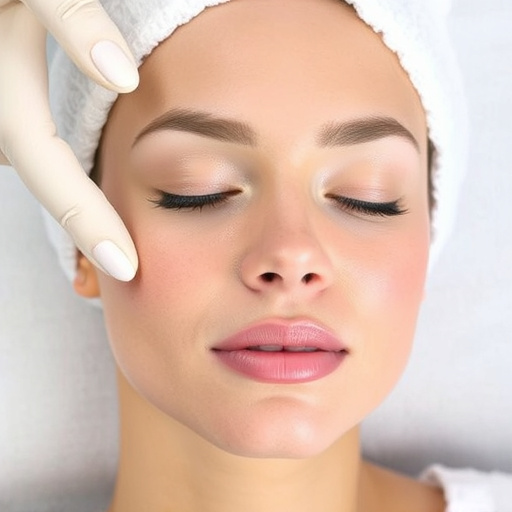
After chin hair removal procedures, skin redness and irritation can occur due to several factors. One primary contributor is the natural inflammatory response of the skin to the procedure itself. This response can be heightened by the sensitivity of the facial skin, which is often thinner and more delicate than other parts of the body. The type of removal method used also plays a significant role; for instance, waxing or threading might cause more irritation compared to laser treatments, as the latter offers more precise targeting without direct contact with the skin’s surface.
Additionally, individual skin health and care practices before and after the procedure can impact the level of redness and irritation. For example, using harsh cleaning products or exfoliants immediately post-removal can exacerbate the sensitivity, leading to prolonged redness. Conversely, proper skincare routines that incorporate gentle cleansers and hydrating agents can aid in soothing the skin and minimizing these side effects. Even microdermabrasion or microneedling therapy, when used as follow-up treatments, can help improve skin texture and reduce any residual redness while promoting skin tightening.
Mitigating and Managing Skin Reactivity Post-Chin Hair Removal Treatment
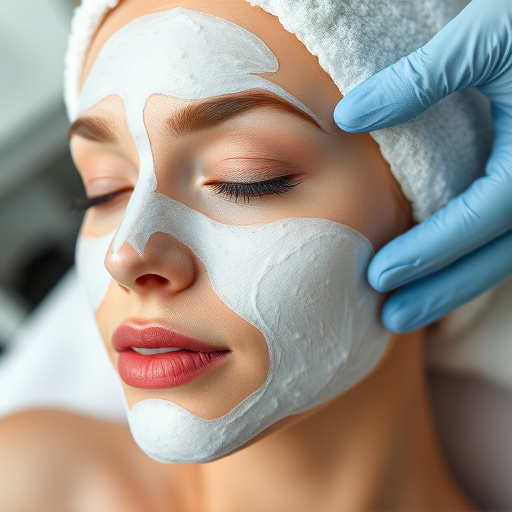
After chin hair removal procedures, it’s common for skin to experience redness and irritation, especially immediately post-treatment. This is often due to the sensitivity of facial skin and the gentle yet precise nature of the procedure. To mitigate these side effects, consider using calming, hypoallergenic skincare products designed for sensitive areas. Applying a cold compress can also help reduce swelling and soothe irritated skin.
For long-term management, incorporating anti aging treatments like laser hair removal into your beauty routine can offer significant benefits. These advanced aesthetic treatments target the root of hair growth, promoting smoother, softer skin over time. By addressing the underlying causes of facial hair, you can not only reduce post-chin hair removal reactions but also enhance overall skin texture and appearance.
Chin hair removal, like any cosmetic procedure, carries potential side effects. While it’s effective in reducing unwanted facial hair, redness and irritation are common temporary responses from the body. Understanding these processes and the contributing factors can help manage skin reactivity. By adopting suitable post-treatment care practices, you can alleviate discomfort and promote faster recovery, ensuring a smoother and more comfortable experience with chin hair removal.





